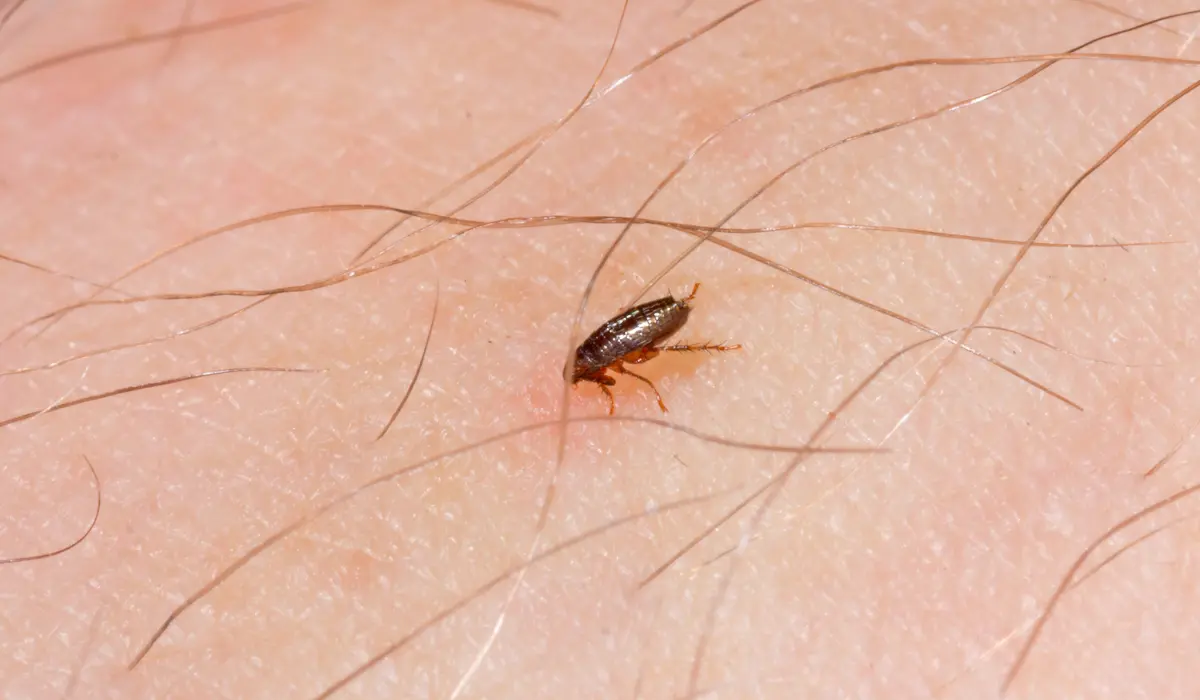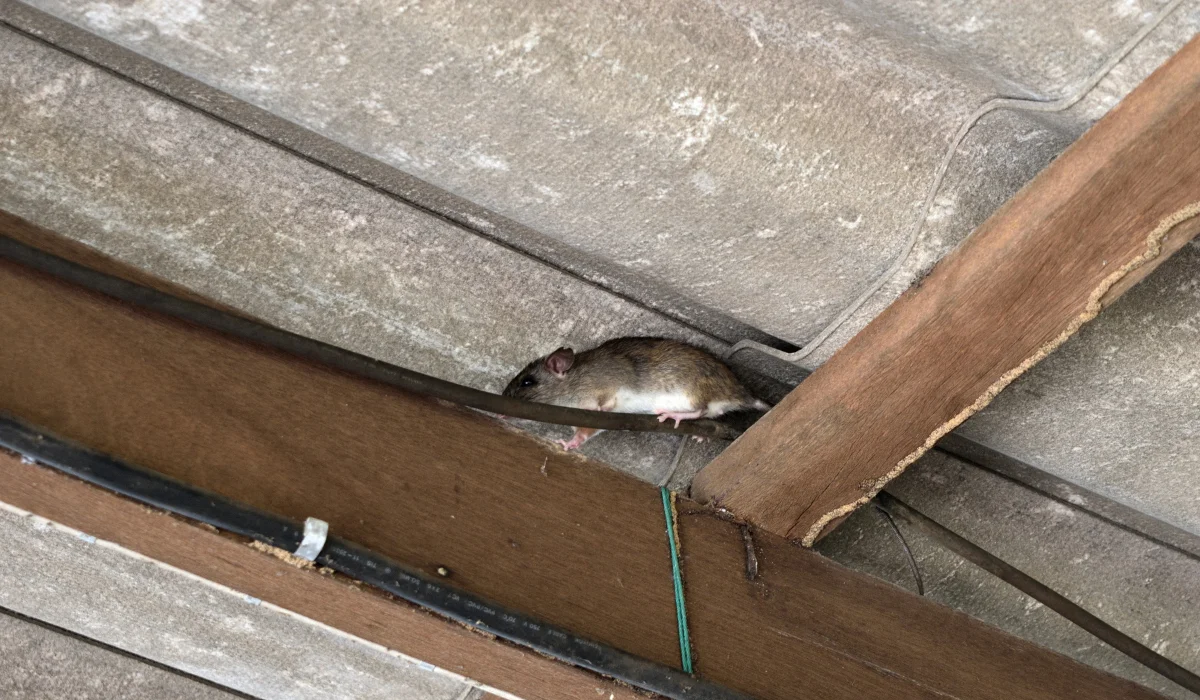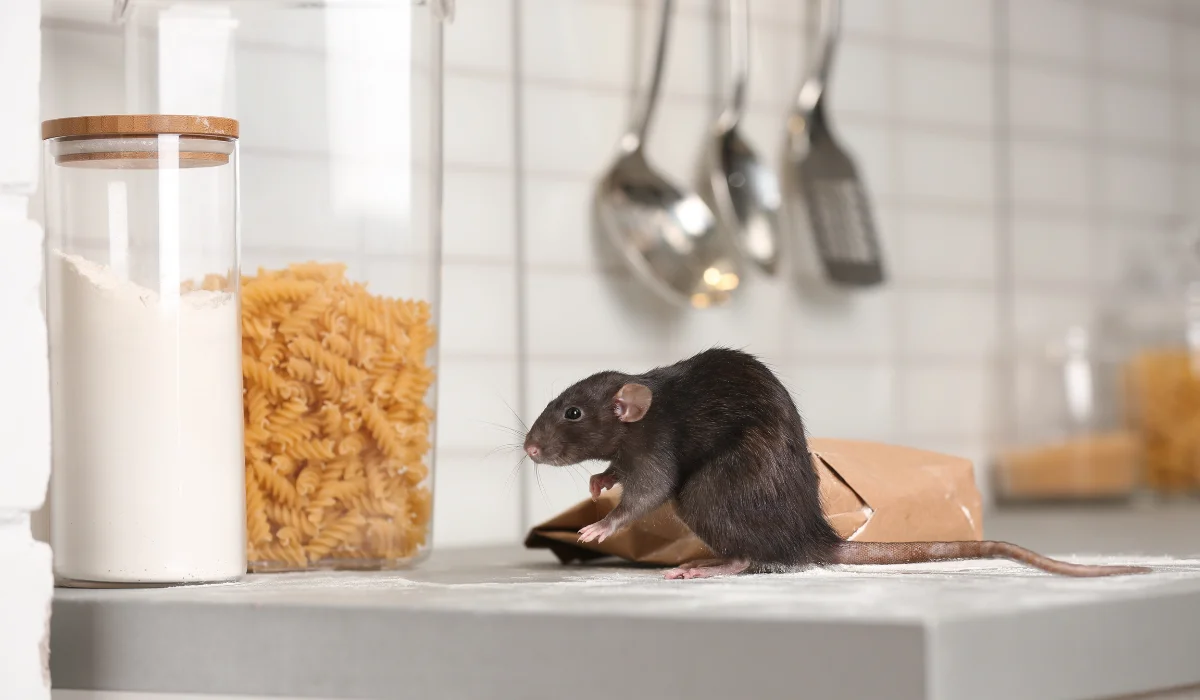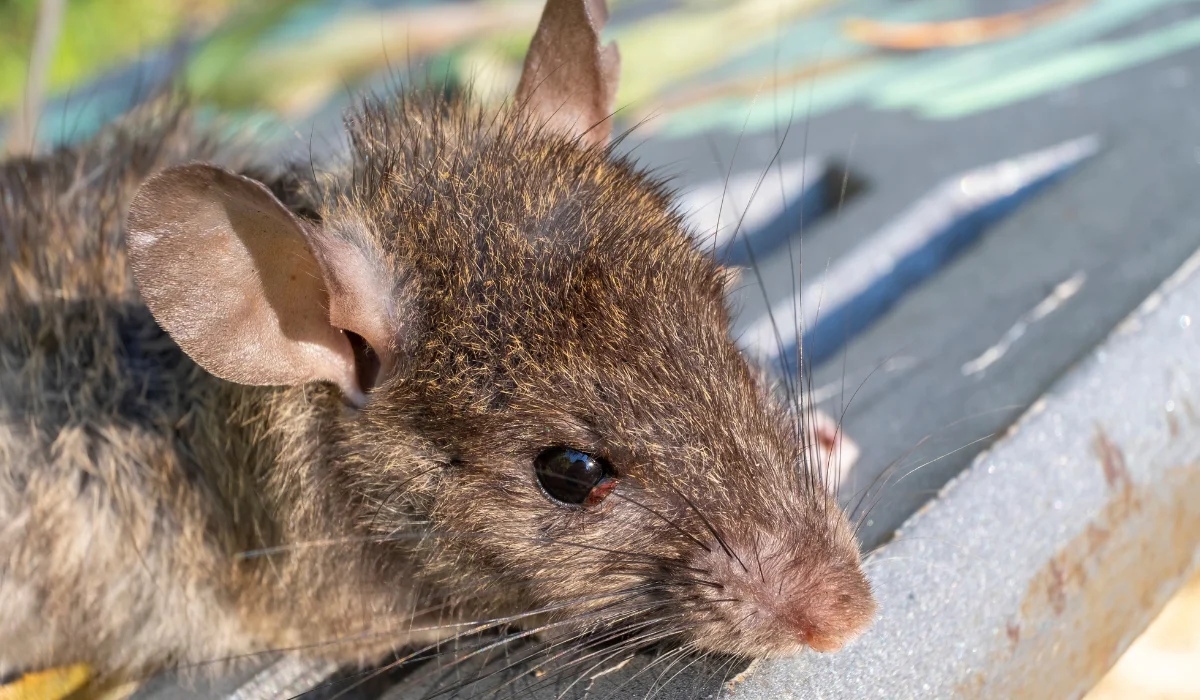Flea bites can be annoying, but for some folks, they go beyond a little itch. If you break out in a rash, develop hives, or feel like your symptoms are worse than everyone else’s, you might be dealing with a flea bite allergy.
In Louisiana’s warm, humid climate, fleas can thrive year-round. That means even a mild flea infestation could lead to uncomfortable, recurring symptoms, especially for people allergic to flea saliva.
Let’s take a look at the signs of a flea allergy, how it works, and what you can do to find relief and prevent future bites.
Key Takeaways
• Flea allergy dermatitis (FAD) causes intense itching, rash, and even skin infections.
• Flea saliva is the primary trigger behind the allergic reaction.
• Both humans and pets can develop flea allergies.
• Treating your home, pets, and yard is key to effective flea control.
What Is a Flea Bite Allergy?
A flea bite allergy happens when your immune system overreacts to proteins found in the flea’s saliva. When a flea bites, it injects saliva that keeps your blood from clotting. In allergic individuals, this saliva acts as an allergen, triggering a chain reaction in the immune system that leads to hives, swelling, and itchiness.
This condition, called flea allergy dermatitis, or FAD, is one of the most common conditions caused by flea sensitivity.
Common Symptoms of Flea Bites in Allergic People
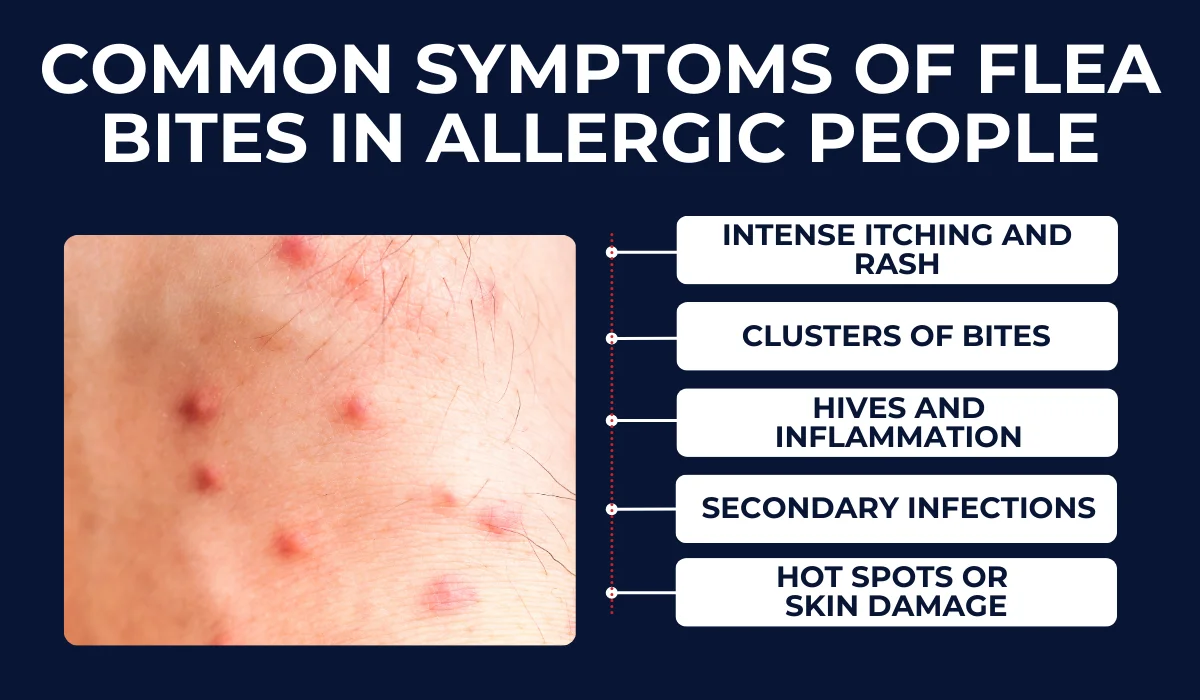
If you’re allergic, even a single bite can trigger a strong reaction. These are the symptoms of flea bites that typically signal an allergy:
1. Intense Itching and Rash
Allergic reactions often cause itchiness that spreads beyond the bite itself. You might notice red bumps, lesions, or even scabs from repeated scratching.
2. Clusters of Bites
Flea bites often appear in clusters around the ankles, waist, or legs. In allergic people, those clusters may develop into a larger skin condition.
3. Hives and Inflammation
Raised, red welts or hives are common in people sensitive to flea saliva. These reactions are different from the mild swelling you usually get from other insect bites, like mosquito bites.
4. Secondary Infections
Scratching can break the skin and introduce bacteria, leading to bacterial infections or other skin infections that may require treatment.
5. Hot Spots or Skin Damage
On pets, FAD can lead to hair loss, red hot spots, and thickened skin, especially near the tail base. You might also notice small black specks of flea dirt (which is flea feces) in your pet’s fur.
Why Do Flea Bites Affect Some More Than Others?
Your immune system determines how your body reacts to allergens. Just like some people develop food allergies, others are more prone to hypersensitivity to flea saliva.
The more exposure you have, the more likely you are to develop a reaction. Children, seniors, and those with existing allergies may be at higher risk.
Even cat fleas, specifically ctenocephalides felis, the most common flea species in South Louisiana, can trigger reactions in humans and pets.
How to Treat a Flea Bite Allergy
If you suspect a flea allergy, your first step is to relieve symptoms and prevent more bites.
1. Use Over-the-Counter Anti-Itch Products
Try an anti-itch lotion or hydrocortisone cream to reduce inflammation. You can also use antihistamines to calm your immune response.
2. Talk to a Dermatologist
If your symptoms don’t improve, see a dermatologist. They may perform a skin test or prescribe corticosteroids for more severe reactions.
3. Prevent Secondary Infections
Clean the area gently with soap and hot water to avoid secondary infections. Don’t scratch if you can help it.
Flea Allergy Dermatitis in Pets
Flea allergy dermatitis affects both cats and dogs. It’s one of the most common skin conditions vets see. You might notice:
• Excessive licking or scratching
• Bald patches or hair loss near the tail
• Open sores or lesions
• Red, inflamed skin
• Presence of flea dirt on fur or pet bedding
Vets often use medicated shampoos, flea preventives, and sometimes corticosteroids to reduce inflammation.
How to Get Rid of Fleas for Good
Getting rid of fleas takes a full-scale approach. Fleas go through a life cycle that includes larvae and eggs, not just adult fleas, so you have to treat everything.
Indoor Flea Control
• Vacuum often and empty the bag right away.
• Wash pet bedding in hot water weekly.
• Use a flea comb on pets to catch fleas and dirt.
Outdoor Flea Control
Fleas hide in shady, humid spots. Regular lawn care and pest treatments can significantly reduce fleas around your home.
Pet Flea Prevention
Year-round flea prevention is essential, especially in South Louisiana, where fleas thrive even in winter. Ask your vet about the proper flea treatment for your pet.
Call in the Experts at LaJaunie’s
At LaJaunie’s Pest Control, we know how frustrating a flea problem can be, especially when it affects your health or your pets’ comfort. Our technicians inspect your home inside and out, treat every stage of the flea life cycle, and follow up to keep your home flea-free.
We serve New Orleans, Houma, and Thibodaux, and we’ll help you reclaim your home with effective flea control.
Ready to get started? Contact us today.
FAQs
Can flea bites cause severe allergic reactions?
Yes. While most flea bites cause only mild discomfort, some people may have a severe allergic reaction. This can include widespread hives, swelling, or trouble breathing. If that happens, get medical help immediately.
How can I prevent flea allergy dermatitis in pets?
Use vet-approved flea preventives consistently, treat your home and yard, and check pets regularly with a flea comb. Look for signs like hair loss or hot spots near the tail base.
Do fleas carry other health risks?
Yes. Fleas can transmit tapeworms, typhus, and other diseases to both pets and people. Keeping up with pest control can help reduce these risks.
 By: LaJaunie's Pest Control
By: LaJaunie's Pest Control 